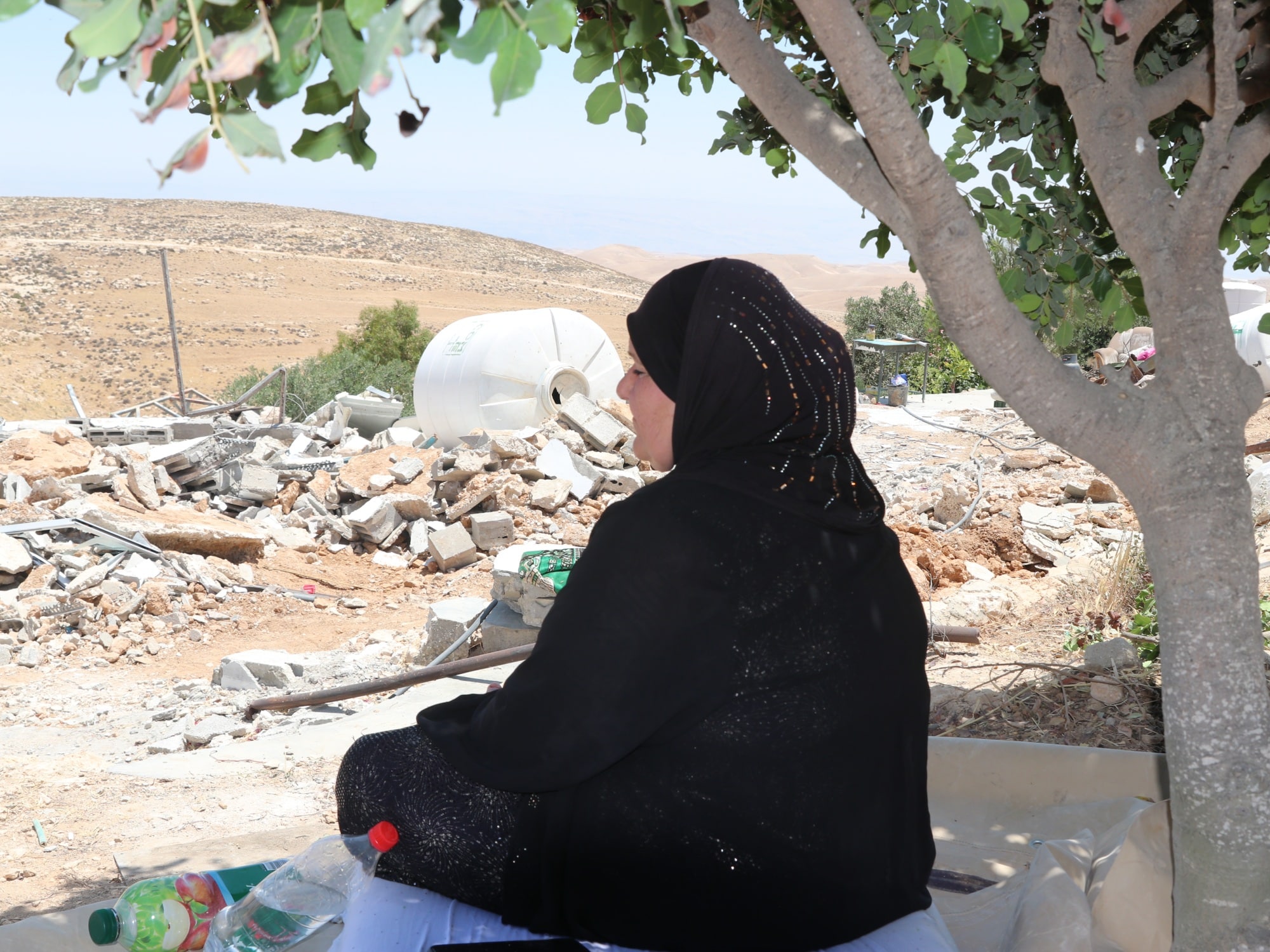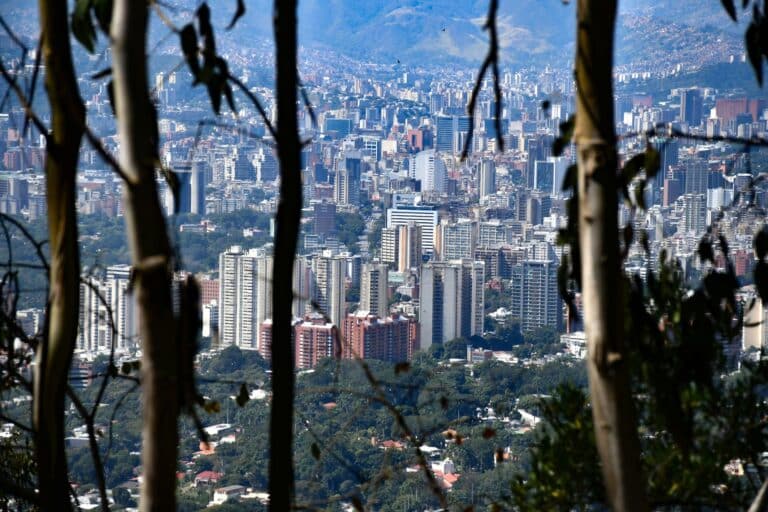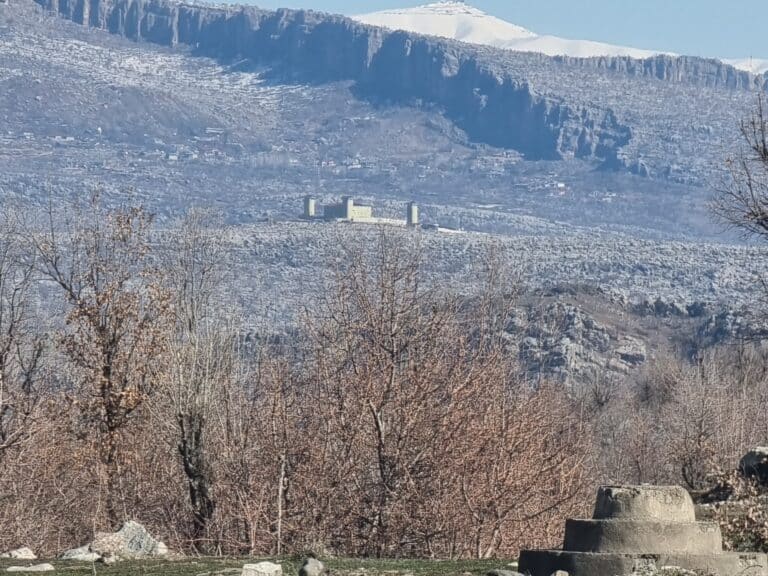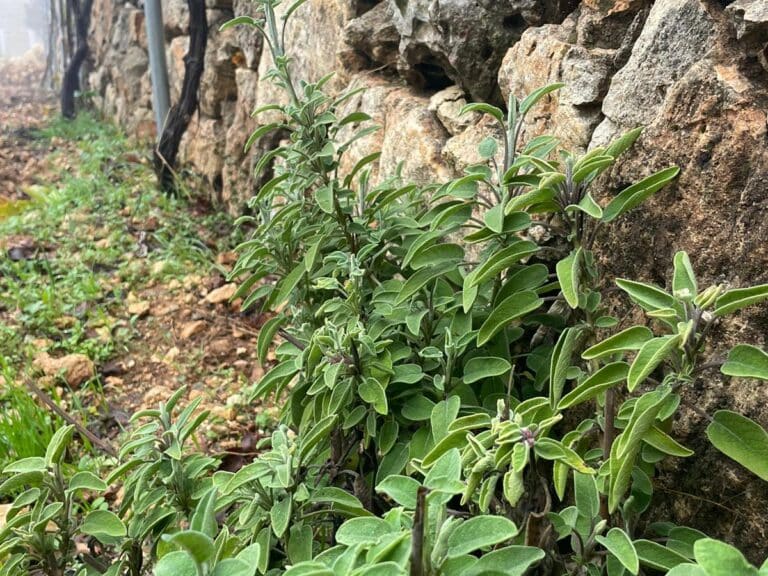In the villages of Masafer Yatta, every winding road and dusty path carries with it a story, etched into the ancient stones and caves. In every house, every cave, and every olive grove lives a tale of resilience, talent, and unbreakable human spirit. As I move through these villages, places many in the world have never heard of, I find my heart tied to the people and their stories. Words feel small in the face of what they endure. I often find myself wondering: what can one say to console the people whose villages have been demolished, whose homes have been turned into rubble, whose dreams are daily threatened by forces beyond their control?
As we approached the small village of Khirbet Khallet ad-Dabe’, I saw a sight that weighed heavily on my heart. Under the only remaining tree, an elderly mother sat silently watching the ruins of what was once her home. Each day, she remains there, refusing to abandon the place where she had built her life, even though her house now stands demolished. Her steadfastness is at once a protest and a prayer: a refusal to let her story end.
The story of Khallet ad-Dabe’ is only one among many in Masafer Yatta, a cluster of Palestinian villages south of Hebron. Here, residents face a systematic and ongoing campaign of displacement. Every hour seems to bring a new trial: home demolitions, land confiscation, arrests, threats from settlers, and restrictions imposed by the military. The goal appears clear, to make daily life so unbearable that families feel they have no choice but to leave their ancestral lands.
Daily life in Masafer Yatta is a delicate balance between fear and determination. In the mornings, settlers often bring their sheep to graze on Palestinian farmland, destroying crops and robbing families of their livelihoods. At night, the threat of settler raids or military incursions keeps families awake, their rest haunted by uncertainty. Children grow up learning to listen carefully for approaching footsteps, while parents quietly worry about what tomorrow may bring.
The strategies of the occupation are not new, but their consequences are ever more devastating. Large swathes of Masafer Yatta have been declared a “firing zone” by the Israeli military, a designation that, in practice, allows the army to conduct live-fire exercises in areas where people have lived for generations. These declarations have nothing to do with genuine military need and everything to do with clearing the land of its Palestinian inhabitants. Meanwhile, Israeli settlements expand relentlessly, inching further into Palestinian land, supported by a network of roads and infrastructure that Palestinians themselves are forbidden to use.
Not long ago, the occupation forces demolished the entire village of Umm al-Dabaa. Homes, livestock pens, and even water tanks were destroyed. Families who had lived there for decades were left without shelter, forced to rebuild temporary tents that were soon demolished again. Women, children, and the elderly now live in caves, spaces never meant to be permanent homes. These caves, damp and poorly ventilated, expose residents to chest diseases and other health risks. Yet they remain the only refuge left.
It is difficult to witness this injustice. While the settlers build modern homes and live under the protection of the soldiers, the rightful owners of the land are denied permits to build, have their structures demolished, and must fight in court simply for the right to exist on their land. Roads are paved for settlers, while Palestinians must navigate rough tracks that are often blocked by checkpoints or destroyed by military vehicles and fraught with fear and danger.
Despite these hardships, the people of Masafer Yatta continue to hold on. Their connection to the land is not just about geography, it is a bond of history, memory, and identity. Families cultivate olive groves that were planted by grandparents and great-grandparents. Children learn the names of the hills and valleys as part of who they are. Leaving is unthinkable, for it would mean abandoning a part of themselves.
In conversations with villagers, I hear stories not only of suffering but also of creativity and resilience. A woman weaves traditional embroidery in the dim light of a cave. A farmer, after his fields are burned, carefully replants. Children play among the ruins of demolished homes, their laughter a stubborn act of hope. Life, even under the shadow of occupation, finds ways to bloom.
As I reflect on what I have seen and heard, I realize that the world often measures strength by power. Yet here in Masafer Yatta, true strength is something quieter and far more profound: it is the courage to stay, to rebuild what has been destroyed, to love a land that others try to take away. It is the decision, every morning, to wake up and keep living despite the fear and pain.
The struggle of Masafer Yatta is not just a local story; it is part of a broader human story about the right to belong, to live with dignity, and to tell one’s own story. And as long as there are people willing to sit under the last tree in their village, refusing to leave, that story will continue to be written, not only in words but also in the hearts of those who witness it.
In the traveler of Yatta, every village tells its own story, and the people remain, rooted like the ancient olive trees: steadfast, wounded, and beautiful in their resilience.




